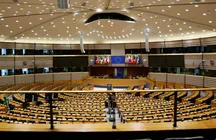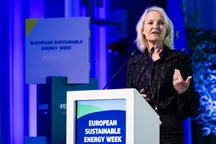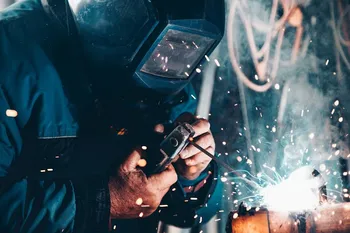
The European Commission has taken a decisive step towards a greener and more competitive Europe by adopting the 2025-2030 working plan for the Ecodesign for Sustainable Products Regulation (ESPR) and the Energy Labelling Regulation. This comprehensive plan outlines a clear roadmap for introducing ecodesign and energy labelling requirements across a range of priority products, reinforcing the EU’s commitment to the Clean Industrial Deal and the Competitiveness Compass.
Priority Products: Driving Circularity and Efficiency
The Commission’s plan targets products with the highest potential to advance the circular economy and sustainability objectives. The priority list includes:
- Steel and aluminium
- Textiles (with a focus on apparel)
- Furniture
- Tyres
- Mattresses
These sectors were selected following a rigorous technical analysis and extensive stakeholder consultation, reflecting their significant environmental impact and potential for improvement in durability, repairability, and recyclability.
Harmonised Requirements: Strengthening the Single Market
By establishing harmonised product sustainability requirements at the EU level, the Commission aims to:
- Reinforce the single market
- Prevent barriers to trade
- Improve the level playing field
- Reduce administrative burdens
- Enhance global competitiveness for sustainable businesses
The plan also introduces horizontal measures to boost repairability, particularly for consumer electronics and small household appliances. Notably, a repairability score will be introduced for products with the greatest potential, alongside new requirements for the recyclability of electrical and electronic equipment.
Inclusive Process and Tailored Support for SMEs
The selection of products and the development of requirements are the result of an inclusive process involving stakeholders, Member States, and technical experts. The Commission has pledged to pay special attention to the needs of SMEs, particularly micro-enterprises and small mid-cap companies, ensuring tailored support and minimizing regulatory burdens.
Key Elements of Future Requirements
The upcoming ecodesign and energy labelling requirements will focus on two main elements:
- Product Performance: Minimum standards for durability, energy and resource efficiency, availability of spare parts, and recycled content.
- Product Information: Enhanced transparency on key features such as carbon and environmental footprint, primarily delivered through the Digital Product Passport and the European Product Registry for Energy Labelling (EPREL).
Implementation and Next Steps
The requirements will be set via delegated acts on a product-by-product or group basis, following thorough preparatory studies and impact assessments. Stakeholder engagement will continue through the Ecodesign Forum. For certain energy-related products, ongoing work under the current Ecodesign Directive will persist, with relevant requirements to be adopted by 31 December 2026.
Background: Building on Proven Success
The Ecodesign for Sustainable Products Regulation (ESPR), adopted in July 2024, builds on the EU’s successful track record in ecodesign and energy labelling. Together with the Energy Labelling Framework Regulation (ELFR), the ESPR empowers consumers to make informed choices and supports the EU’s broader climate, environmental, and economic objectives.
This new working plan continues the momentum from the 2022-2024 cycle, which addressed 16 energy-related products, including dishwashers, electric motors, EV chargers, and displays.
The 2025-2030 working plan marks a significant milestone in the EU’s journey towards a circular, resource-efficient, and competitive economy. By prioritising sustainability, repairability, and transparency, the Commission is setting the stage for a new generation of products that will benefit consumers, businesses, and the environment alike.
For further details: ESPR and Energy Labelling Working Plan 2025-30







